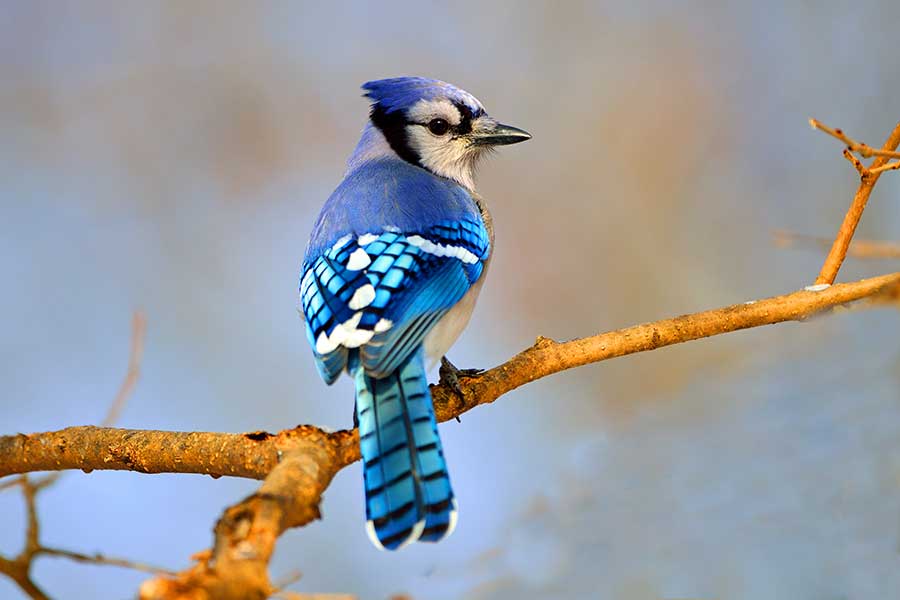When I was young, I thought all the Blue Jays that I saw in our backyard were males. They had the crest, the bright colors, and the size of a typical male songbird. So, it just made sense to me.
But I always wondered, why did I never see any female Blue Jays? What did they look like?

This was my first encounter with what biologists call a monomorphic species. In terms of birds, this term describes male and female birds that look alike.
In a monomorphic bird species, the size and feather colorations are similar between males and females. Often it is behavioral traits that help you determine male from female in monomorphic birds.
Behaviors like the timing of migration, courtship displays, songs and calls, and nesting behavior can help you identify a male from a female in sexually monomorphic birds.
You can see many examples of monomorphic birds just by looking in your backyard or at your bird feeder. Some of the common monomorphic backyard birds include:
- Black-capped Chickadees
- Blue Jays
- Mourning Doves
- House Wrens
- American Crows
- Tufted Titmouse
- Carolina Wrens
Bird species that have a difference in the appearance between males and females are called dimorphic or they exhibit sexual dimorphism. Some of the most brilliant examples include:
- Indigo Buntings
- Northern Cardinals
- American Goldfinches
I love to watch the birds that come to my feeders and birdbath and those that feed on the seeds or nectar produced in my garden. Wildlife watching in my backyard is something I really enjoy.



